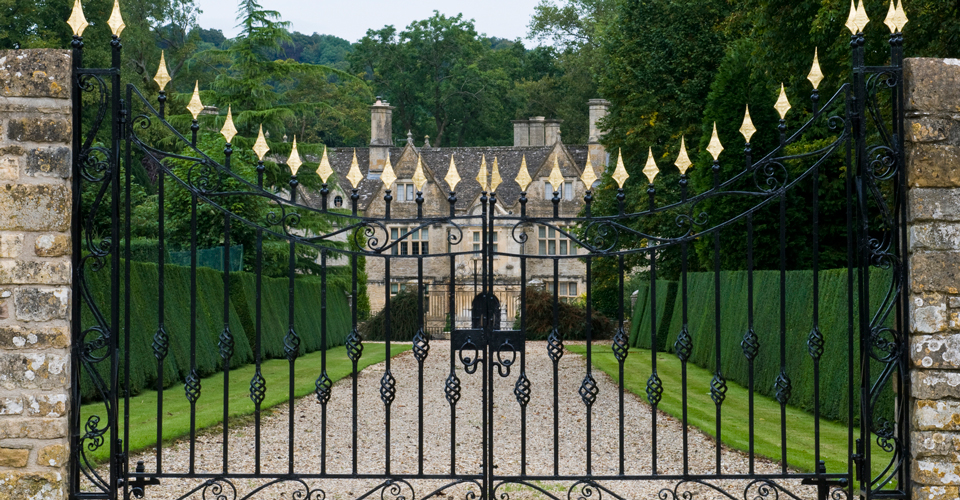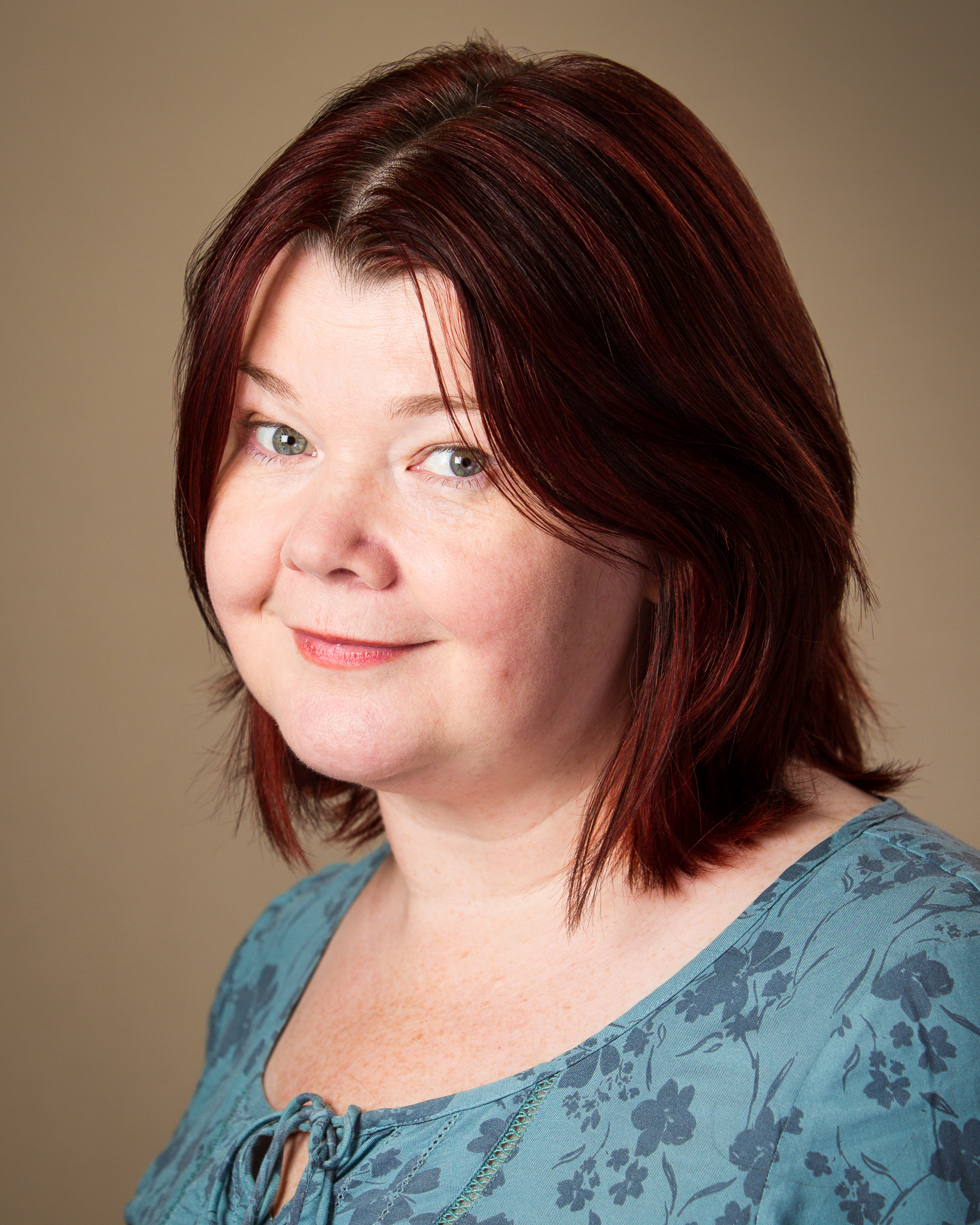- Home |
- Search Results |
- Helen Callaghan: The Long Shadow of the Great House

During the course of writing Dear Amy, I changed many things about the characters, the setting, and the plot, but one thing that always remained the same was the location the crimes took place in; a decaying manor house called the Grove.
There was no reason to use the Grove – in fact, in giving the book a more domestic, everyday setting for Katie (and Bethan’s) prison, any abandoned house or solitary shed might have worked just as well.
But I resisted the temptation to change this because, just as the manor house in Dear Amy exerts a peculiar fascination for the novel’s kidnapper, the “great house” has long cast a spell over the reader.
Certainly they've always cast that spell over me, with their redundancy of rooms, their smell of polish and wood, their sprawling grounds and gardens. While I was writing Dear Amy, I would frequently drive out and visit these old houses, which are now usually under the care of the National Trust and feature a tea room and the opportunity to buy postcards and jam.
Such houses in fiction stand over a troubling past, however, one rife with inherent unfairness and the increased potential for violence and cruelty – an inherited privilege that can be used for either good or evil. The people in the "big house" are rarely answerable to anyone but themselves, and their curtain walls and leaded windows separate the inhabitants from the world outside.

But such houses in their isolation can also prove to be prisons. Instead of a haven from the outside world, the house can become a literal and metaphorical gaoler, imprisoning characters and secrets within their walls, often with fatal consequences. In Jane Eyre, the first Mrs Rochester is locked in the attic, a marital timebomb waiting to go off in Rochester’s face. At night she roams the halls of her domain, bringing terror and bloodshed to those who dare trespass. Even death is not enough to still an inconvenient spouse, instead giving their influence more power and potency – in Rebecca, the titular character’s dead hand is present everywhere in the splendid Manderley. Whole wings of the house lie under her aegis and the heroine is trapped in a prison of her predecessor’s creation.
The enormous popularity of the recent adaptation of And Then There Were None by Agatha Christie stands testament to the profound shadow such houses and their potential for peril still cast over today. Millions tuned in to watch as a disparate band of characters were lured to a remote island to be picked off one by one. The characters quickly realise that the sumptuous mansion to which they have been drawn is not a domestic refuge, designed with comfort and safety in mind. Instead it exists first as their dungeon, and finally as their tomb. With over a one hundred million copies sold, And Then There Were None is actually the bestselling mystery novel in the world, and for good reason. Long after the last page the house looms over the reader.
The stately home is on its way out – the social order that supported it swept away by the upheavals of the twentieth century. But even still, it lingers on the edges of our dreams, a world in miniature – a dream of luxury and privilege, but also a prison, devised not only of bricks and mortar but of an archaic and patriarchal world view.
The villain in Dear Amy, like many before him, is someone enchanted by the nostalgic dream of privilege that the house in the book represents – it inspires his vicarious sense of entitlement and innate snobbery. From here it is only a few mental steps to persuade himself that he is entitled to other things too. And, in a far less sinister way, the modern reader also finds that the grand house exerts its charms on their own desires and imaginations.